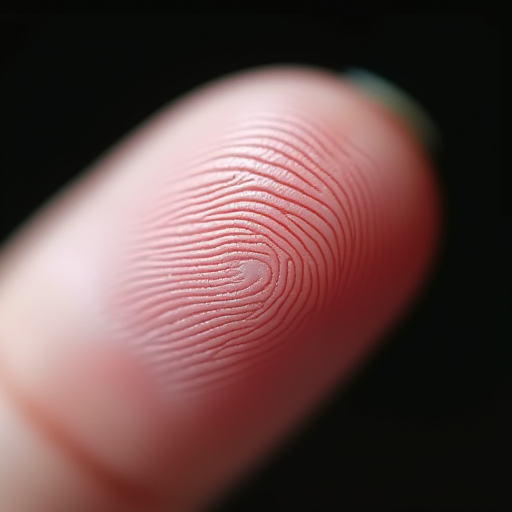
Why Do Humans Have Fingerprints?
Fingerprints are one of the most unique and fascinating features of human anatomy. No two individuals, not even identical twins, have the same fingerprints. From forensic science to unlocking our smartphones, fingerprints play a crucial role in various aspects of life. But why do humans have fingerprints in the first place? This article delves into the biological, evolutionary, and functional reasons behind the existence of fingerprints.
The Biological Basis of Fingerprints
Fingerprints, also known as dermatoglyphs, are the intricate patterns of ridges and valleys on the tips of fingers and thumbs. These patterns form during fetal development, around the 10th to 15th week of pregnancy. Several factors influence their formation, including genetics, environmental conditions in the womb, and random developmental events, which is why even identical twins have different fingerprints.
There are three primary types of fingerprint patterns: loops, whorls, and arches. These patterns are determined by the arrangement of the dermal papillae, the small, cone-shaped projections located between the epidermis and dermis layers of the skin.
Evolutionary Significance
The evolutionary significance of fingerprints has intrigued scientists for years. While the exact reasons are still not entirely understood, several theories suggest why fingerprints may have been evolutionarily advantageous:
-
Enhanced Grip: One of the most widely accepted theories is that fingerprints improve our ability to grip objects. The ridges increase friction between the skin and surfaces, aiding in the manipulation and handling of tools and other objects. This would have been particularly advantageous for early humans who relied on tool use for survival.
-
Sensitivity: The ridged design of fingerprints increases the surface area of the fingertips, enhancing our ability to feel texture, pressure, and temperature. This heightened sense of touch would have been beneficial in tasks requiring fine motor skills, such as foraging for food or crafting tools.
-
Protection: Fingerprints may also serve as a protective feature. The ridges can help dissipate pressure and reduce the likelihood of blisters. They also allow the skin to stretch and flex without tearing, which is crucial for the durability of our hands.
Functional Roles in Modern Human Life
Fingerprints have taken on new roles in modern times, particularly in the realms of security and identification. Their uniqueness and permanence make them ideal for identifying individuals. Here are some of the key functional roles that fingerprints play today:
-
Forensic Science: Fingerprints have been used in criminal investigations for over a century. They provide a reliable method of identifying individuals at crime scenes. The development of databases such as the Automated Fingerprint Identification System (AFIS) has revolutionized law enforcement, allowing for rapid and accurate identification.
-
Biometric Security: With the advancement of technology, fingerprints are now commonly used as a biometric security measure. They provide a convenient and secure way to unlock devices, access secure locations, and verify identity in financial transactions.
-
Medical and Genetic Research: Fingerprints are also used in medical and genetic research. Certain patterns can be indicative of genetic disorders or developmental issues, providing valuable diagnostic information.
Conclusion
Fingerprints are a marvel of human evolution, serving multiple purposes that have aided our survival and adaptation. From enhancing our ability to grip and feel to serving as a unique identifier, fingerprints highlight the intricate and multifaceted nature of human anatomy. While their primary evolutionary purpose remains a topic of scientific inquiry, their importance in modern society is undeniable, proving once again that nature's designs often serve multiple roles across different contexts.
